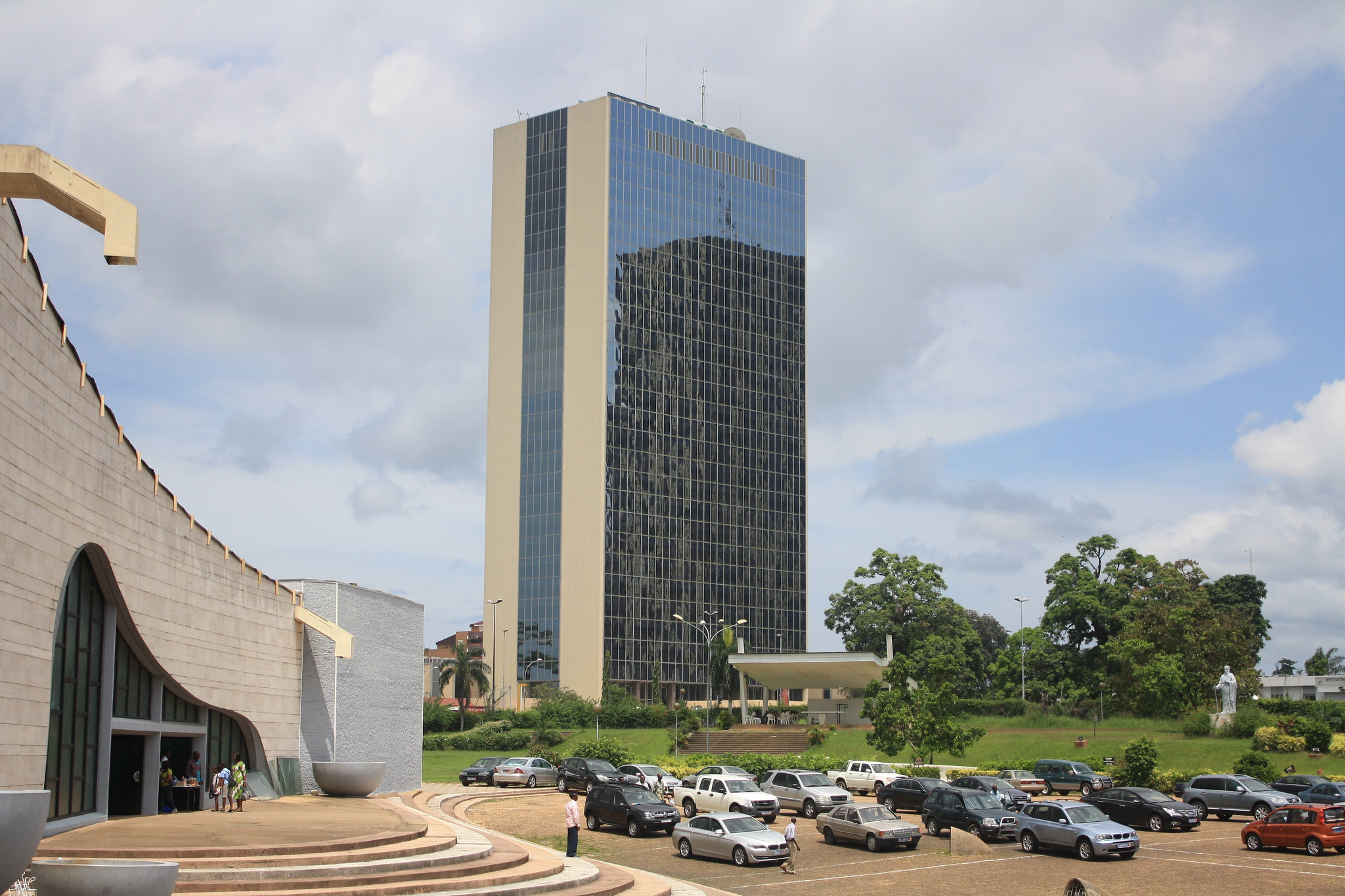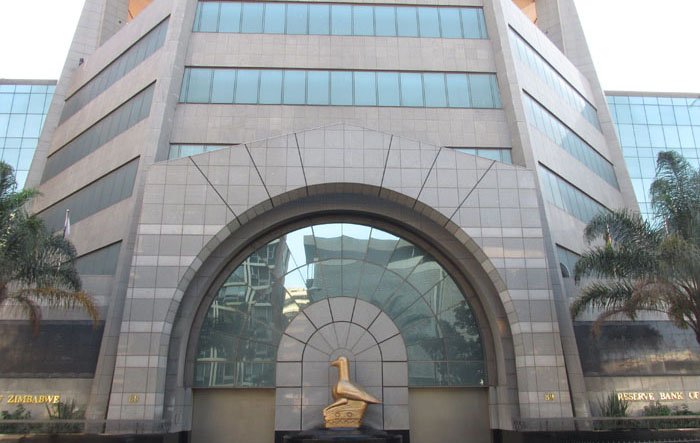Microfinance half-year loans jump 672,7pc
Total loans for the microfinance sector in the interim period to June 30, 2023 grew by 672,66 percent to $355,50 billion from $46,61 billion in the same period in 2022 as the sector continues to support micro and small enterprises.
Microfinance is increasingly considered a key instrument in the implementation of effective and sustainable strategies aimed at poverty alleviation and inclusive economic development.
In Zimbabwe, the sector continues to contribute towards the attainment of Zimbabwe’s vision of “an Upper Middle-Income Society by 2030” through the provision of essential financial services to low-income and marginalised communities and their micro and small enterprises.
According to the Reserve Bank of Zimbabwe (RBZ) monetary policy statement, the sector registered improvement in the loan portfolio quality as evidenced by a decrease in the portfolio-at-risk ratio from 10,95 percent in 2022 to 9,48 percent in the June 2023 period.
In terms of profitability, the sector achieved net profit of $145,52 billion for a six months period under review compared to $4,93 billion recorded during the comparable period in 2022.
“The increase, which exceeded the annual inflation of 175,8 percent as at June 30, 2023 was largely attributed to improved operational efficiency as reflected by an improvement in the average operational self-sufficiency (OSS) ratio to 230,39 percent for the six months ended June 30, 2023 from 202,50 percent registered in the comparative period in 2022, against the international benchmark of100 percent,” reads the MPS.
For the period under review, aggregate deposits for the deposit-taking microfinance sub-sector increased by 456,89 percent from $9,58 billion as at December 31, 2022, to $53,35 billion as at June 23, 2023.
The RBZ said that while the deposit Total loans for the microfinance sector in the interim period to June 30, 2023 grew by 672,66 percent to $355,50 billion from $46,61 billion in the same period in 2022 as the sector continues to support micro and small enterprises.levels remain low, the trend in the level of deposits in the sector reflects growing consumer confidence in the sector.
In terms of capitalisation, three out of seven operating DTMFIs were compliant with the minimum capital requirement of $5 million as at June 30, 2023, and these were African Century Limited, InnBucks Microbank and Success Microfinance Bank.
The RBZ said non-compliant DTMFIs were at various stages of capital raising initiatives and they continue to submit on a quarterly basis, updates on their re-capitalisation initiatives.
As of June 30, 2023 the aggregate core capital for the DTMFI sub-sector was $131,32 billion, a significant increase from $29,49 billion as at 31 December 2022.
“The increase was largely driven by fresh capital injections, as well as organic growth,” the bank said.
Overall, the microfinance sector registered a 596,83 percent increase in aggregated equity from $35,91 billion as at December 31, 2022 to $250,23 billion as at June 30, 2023.
The increase according to RBZ was attributed to organic growth and fresh capital injection by some microfinance institutions.
During the period under review, a total of 170 out of 208 credit-only microfinance institutions were compliant with the minimum capital requirements of Zimbabwe Dollar equivalent of US$25 000.
The RBZ said non-compliant credit-only microfinance institutions are putting in place recapitalisation strategies to comply with the requirements and to facilitate the underwriting of more meaningful assets.
-herald











